| August 07, 2012 | Volume 08 Issue 29 |
| | Feature articles | Engineers tackle challenges of hypersonic flight
Aeronautical engineers believe that hypersonic planes flying at seven to 15 times the speed of sound will someday change the face of air travel here on Earth and out into space.
Hypersonic flight is a particularly intense engineering challenge, both in the mechanical forces placed on the structure of the plane and in the physics of the sophisticated engines that must operate without fail in the extremes of the upper atmosphere.
Read the full article. |
|
|
|
 | Kayak slalom presents Olympic engineering challenge
For the 2012 summer games in London, Australian engineers have been trying to develop a better "fitout" for their kayakers in the canoe slalom. Fitout means building custom parts of foam and wood for the seat of the craft. More than a simple matter of measurement and cushioning, fitout gives the competitors an especially crucial edge. With help from Creaform and Geomagic, the engineers have developed a reliable and repeatable series of digital procedures that start with real forms of boat and athlete and end with manufactured parts.
Read the full article. |
Muscle-like action allows camera to mimic eye movement
Using piezoelectric materials, Georgia Tech researchers have replicated the muscle motion of the human eye to control camera systems in a way designed to improve the operation of robots. This new muscle-like action could help make robotic tools safer and more effective for MRI-guided surgery and robotic rehabilitation.
Read the full article. |
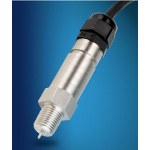 | Mike Likes:
Sensor detects water in fuel
A new conductivity-based sensor from Gems Sensors & Controls detects the presence of water in fuel and lubricating oil within a broad range of off-highway applications. The WIF-1250 is a solid-state solution specifically designed to detect the presence of water in fuel. It is also ideal for use with fuel filters, and in compressor crank cases to determine if water is present in the lubricating oil. Based on reliable conductivity technology, WIF-1250 sensors are built from robust nickel-plated steel for compatibility with temperatures up to 257 degrees F (125 degrees C), and are suited for the most challenging environments or applications. The compact sensor is an affordable solution that is easy to install and can be mounted in any position.
Click here to learn more. |
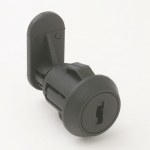 | Quick Look:
Expanded line of miniature cam locks
Illinois Lock Company offers an expanded line of miniature cam locks engineered for use in metal, wood, plastic, and fiberglass applications. These locks address small space requirements without sacrificing quality and security. Stock locks are available on some versions. Mini cam locks offer small head diameter, short length, and tubular configurations, along with: ball and spring detent on some models, keying that can be matched between switch locks and cam locks, barrel length of .295 in. on smallest brass tubular cam lock, and O-ring availability on some models.
Click here to learn more. |
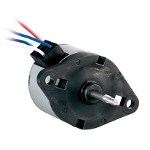 | Quick Look:
Modulating linear motor with integrated safety
Crouzet's Linear Motor Series provides varying gas flow control instead of straight on/off control. By incorporating the Crouzet modulating device into furnaces and other types of gas-burning products, gas flow can be controlled and dispensed in varying amounts so that fuel is burned at a slower or faster rate as needed. This solution incorporates motor, valve body, plunger, and safety spring all in one unit. It features highly accurate regulation of the linear stepper motor that allows replacement of two electromagnets per channel, and requires only one channel to control the global range of flow.
Click here to learn more. |
| | Videos+: Technologies and inspiration in action | 3D printed exoskeleton lets little girl lift arms and play
Stratasys released a video and case study last week demonstrating how 3D printing has helped 4-year-old Emma Lavelle overcome the limitations of a congenital disorder, allowing her to use her arms for the first time. Using a Dimension 3D printer, researchers at the Alfred I. duPont Hospital for Children in Philadelphia were able to create what little Emma calls her "magic arms." The device is a custom-designed, lightweight robotic exoskeleton that enables her to conquer greatly limited joint mobility and underdeveloped muscles. Really neat.
View the video. |
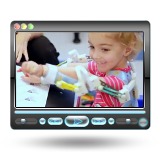 |
Two-armed med-tech robot is redefining lab testing
What does freedom feel like to an android? What about seven degrees of freedom - in each arm? Well the Mahoro robot isn't telling. It's too busy doing twice the tedious and precise lab work in the time it takes a human technician to sample, test, and repeat. Developed by automation specialist Yaskawa and Japan's National Institute of Advanced Industrial Science and Technology (AIST), this white-coat worker is one to watch.
View the video. |
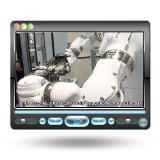 |
|
|